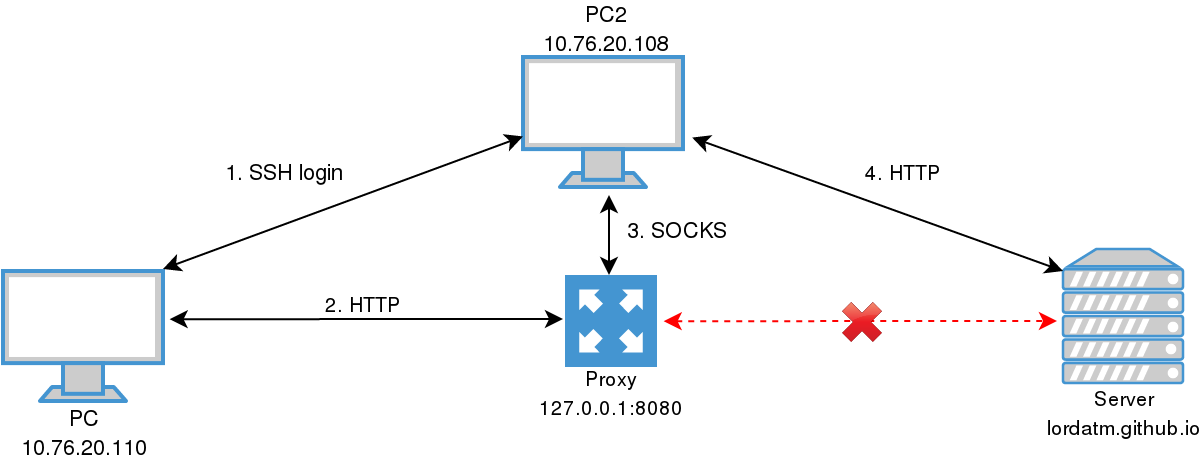

It can also be used to implement VPNs (Virtual Private Networks) and access intranet services across firewalls. It can be used to add encryption to legacy applications. SSH tunneling is a method of transporting arbitrary networking data over an encrypted SSH connection.
#Use ssh tunnel how to#
It does not store any personal data.Contents What is an SSH tunnel? Who uses SSH tunneling? Benefits of SSH tunneling for enterprises SSH tunneling in the corporate risk portfolio How to configure an SSH tunnel What is an SSH tunnel? The cookie is set by the GDPR Cookie Consent plugin and is used to store whether or not user has consented to the use of cookies. The cookie is used to store the user consent for the cookies in the category "Performance". This cookie is set by GDPR Cookie Consent plugin.

The cookies is used to store the user consent for the cookies in the category "Necessary". The cookie is used to store the user consent for the cookies in the category "Other. The cookie is set by GDPR cookie consent to record the user consent for the cookies in the category "Functional". The cookie is used to store the user consent for the cookies in the category "Analytics". These cookies ensure basic functionalities and security features of the website, anonymously. Necessary cookies are absolutely essential for the website to function properly. For example, if you were building a web-based application, you could leave port 80 and 443 closed to the outside on your host firewall and use an SSH tunnel to connect to the web server from your workstation to test it’s functionality. It can also be used for testing applications without opening their ports to the rest of the network. If your business had an old legacy application that used telnet to communicate information back to a server, you could secure that connection with an SSH tunnel. Ssh -R remote_port:localhost:local_port ssh_server_hostname SSH Tunneling can be used to add encryption to traffic that otherwise would not be encrypted. The basic syntax for a remote port forward command is as follows: Remote forwarding represents an inversion of the local forwarding process we explored previously. The purpose of remote forwarding is to allow a remote server to access resources on your local machine. All traffic originating from that resource is directed through the SSH connections established for the defined port. You are now able to configure a local resource, like a browser, to use port 5534. The following command opens a SOCKS proxy at port 5534 on your local machine:

⦁ ssh_server_hostname – This element of the syntax represents the hostname or IP address of the remote SSH server.īy using the ssh command and the –D argument, you can use your SSH client to create a SOCKS proxy on your local machine. ⦁ -L local_port:destination_server_ip:remote_port – The local port on the local client is being forwarded to the port of the destination remote server. ⦁ ssh – Starts the SSH client program on the local machine and establishes a secure connection to the remote SSH server.

Ssh -L local_port:destination_server_ip:remote_port ssh_server_hostname The basic syntax for a local port forward command is straightforward: The location can either be an IP address or a hostname. To use SSH tunneling in Linux, you need to provide your client with the source and destination port numbers, as well as the location of the destination server.


 0 kommentar(er)
0 kommentar(er)
